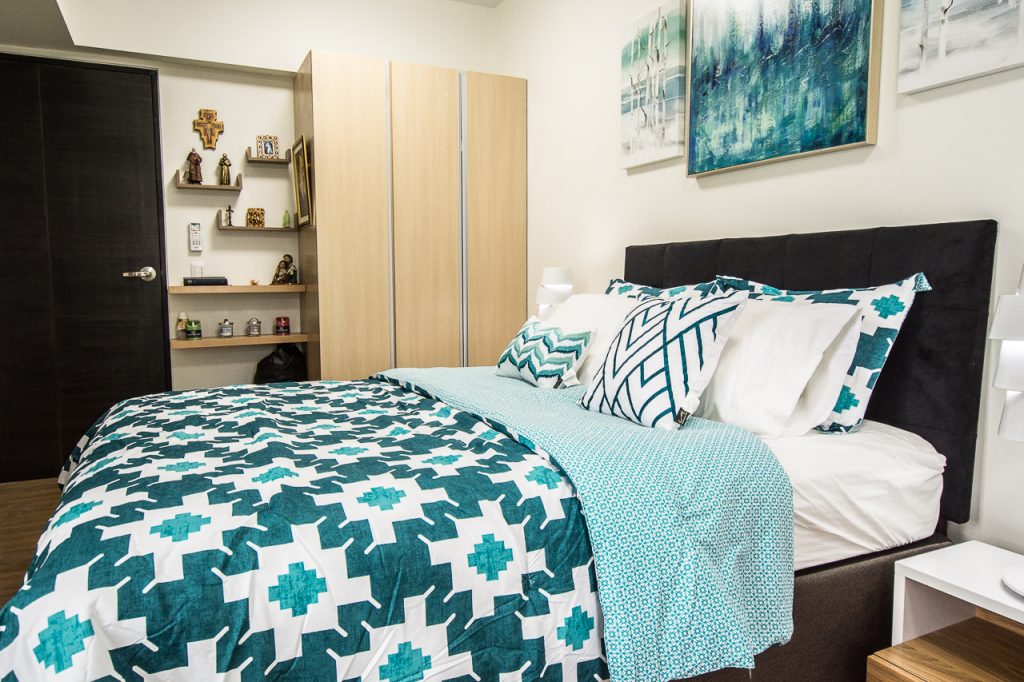Interior design is about creating a harmonious and visually appealing space, and one of the most effective ways to achieve this is by skillfully mixing patterns and textures. When done right, this can elevate the aesthetics of a room, adding depth, personality, and a sense of comfort. However, it’s not as simple as throwing together random patterns and textures; it’s an art that requires careful consideration and a good eye for design.
Before diving into the world of patterns and textures, it’s crucial to establish a neutral base. This typically involves selecting a neutral color palette for your walls, floors, and larger furniture pieces. Neutrals create a balanced backdrop that allows patterns and textures to shine without overwhelming the space. Popular neutral colors include whites, grays, beiges, and soft pastels.
To create cohesion in your design, start by selecting a dominant pattern. This should be the largest and most prominent pattern in the room, such as a bold wallpaper, a statement area rug, or patterned upholstery on a sofa or chairs. The dominant pattern will serve as the focal point and set the tone for the rest of the space.
Variety is key when it comes to mixing patterns and textures. To avoid monotony, choose patterns and textures of different scales and styles. For instance, pair a large, floral wallpaper with small, geometric throw pillows. Mixing different styles, such as traditional and modern, can also create an intriguing contrast.
To prevent your design from becoming chaotic, stick to a cohesive color scheme. Just choose a few colors that appear in your dominant pattern and incorporate them into the other elements in the room. This will help tie everything together and create a unified look.
Balance is essential when mixing patterns and textures. If you have a bold, eye-catching pattern as your dominant feature, balance it with more subtle and understated patterns and textures elsewhere in the room. For example, pair a vibrant, floral wallpaper with solid-colored curtains and neutral furniture.
Texture plays a crucial role in adding depth and interest to a space. Incorporate various textures through textiles, such as plush rugs, velvet cushions, and textured throws. A plaid throw pillow might pair nicely with a striped rug or a leather armchair could add texture to a room with a lot of soft, plush elements. Additionally, consider textural elements in your furniture and decor, such as a reclaimed wood coffee table or a shaggy, faux-fur ottoman.
Interior design is a Creative process and most of the time it takes a bit of experimentation to find the perfect combination of patterns and textures. Don’t be afraid to try different combinations and be willing to edit and refine your design as you go. Sometimes, removing or replacing a single element can make a big difference in the overall aesthetic. So Unleash your creativity, experiment, and enjoy the journey of designing a space that truly feels like home.
